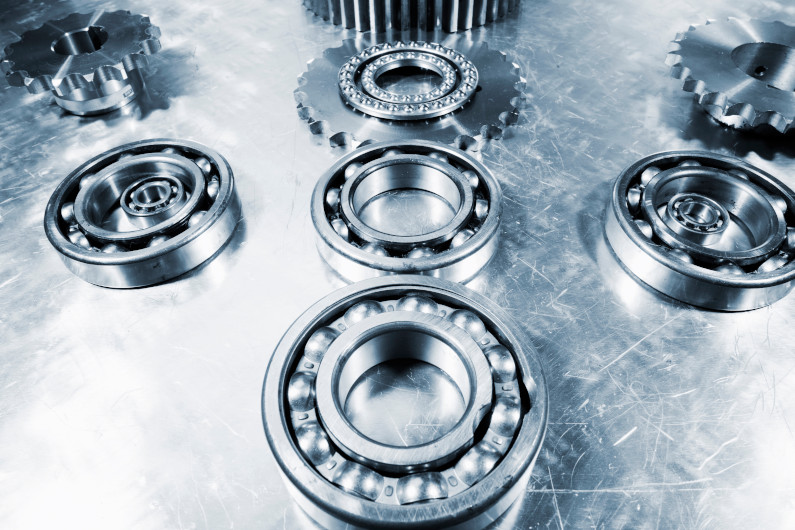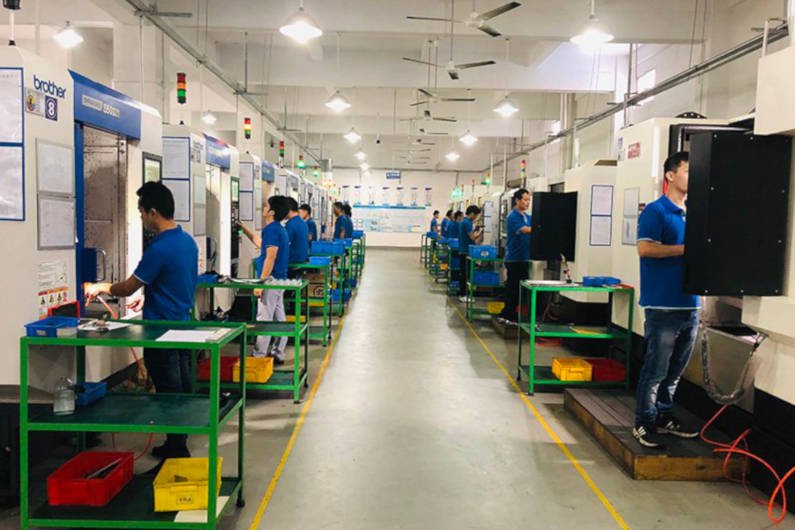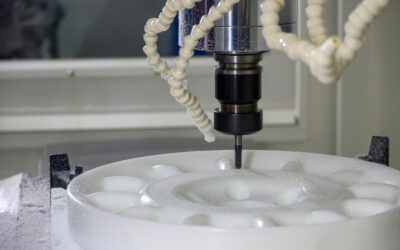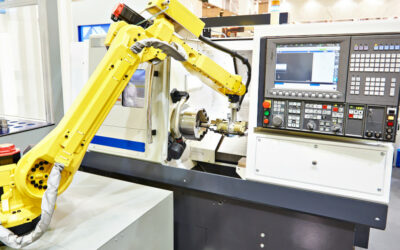Wear is a powerful force that causes materials to deteriorate over time. It affects everything from kitchen knives and shoe insoles to the bucket teeth on heavy mining equipment. In fact, whenever one material’s surface rubs against another, both materials could be damaged.
This article explains what wear is, what wear resistance is, and how to account for wear in your product designs.
What is Wear?
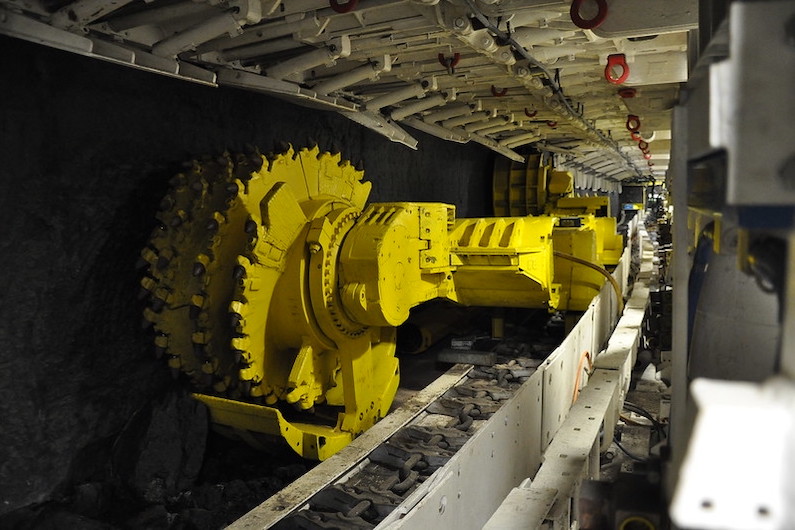
Photo by Helen Simonsson via Flickr
Wear is the gradual deformation or removal of material from something’s surface as a result of mechanical force. In tribology, which is the study of wear, friction, and lubrication, the type of wear affecting a material is generally described using four primary wear mechanisms.
- Adhesive wear: Wear caused by particles from one material’s surface binding and transferring onto another’s.
- Abrasive wear: Wear caused by hard particles or a rough surface sliding against or being pressed into another surface.
- Corrosion wear: Wear and corrosion working together to break down a material’s surface. The corrosion weakens the exposed surface, then the corrosion products are worn away by mechanical forces, allowing the corrosion to penetrate deeper.
- Surface fatigue: Wear caused by cyclic loading that forms microcracks on the material’s surface. These microcracks allow material to “chip off” the surface during wear.
Depending on which of these wear mechanisms are active, the wear rate experienced by a particular material might be significantly faster or slower based on its unique material properties. Wear rate is also influenced by the magnitude of the wear forces applied, the frequency of exposure, the temperature of the environment, and numerous other factors.
What is Wear Resistance?
Since wear is the process of gradually breaking down a material over time, wear resistance describes how well a product or material can reduce wear. It’s an important quality for extending the useful lifetime of parts and products.
While many people assume that a material’s hardness is the key factor for determining wear resistance, it is also heavily influenced by several other complex factors. These could include a material’s lubricity, surface roughness, and coefficient of friction depending on the circumstances.
Even the type of wear affecting a material can impact its wear rate since some materials are more prone to certain types of wear. For example, a material like plain carbon steel is more susceptible to corrosion wear than highly corrosion-resistant stainless steel.
How a product is used can also influence its resistance to wear. Many bearings need clean oil or another suitable lubricant to create a film between the bearing and other parts. If properly maintained, they often last for long periods of time. But unless the bearings are made of a “self-lubricating” material, using them without a proper lubricant would quickly cause equipment to bind and wear out the bearings.
Overall, understanding wear and wear resistance means understanding the complex relationships between a multitude of factors. But in simple terms, ensuring your product has enough wear resistance to last for its intended lifetime means designing with wear in mind from the start.
If you are thinking about how to incorporate wear resistant materials into your product, see our article on Designing for Wear Resistance.
Machining & Processing Wear-Resistant Materials
While high-performance and wear-resistant materials can increase value for the final application, they frequently make processing more challenging. This means extra care and attention are needed during machining and processing to achieve the desired results without damaging the product.
Gensun’s team of experts is experienced in working with a wide range of materials to create high-quality, precision-machined parts. We offer fast and cost-effective CNC machining services to ensure your next fabrication project is a success.

